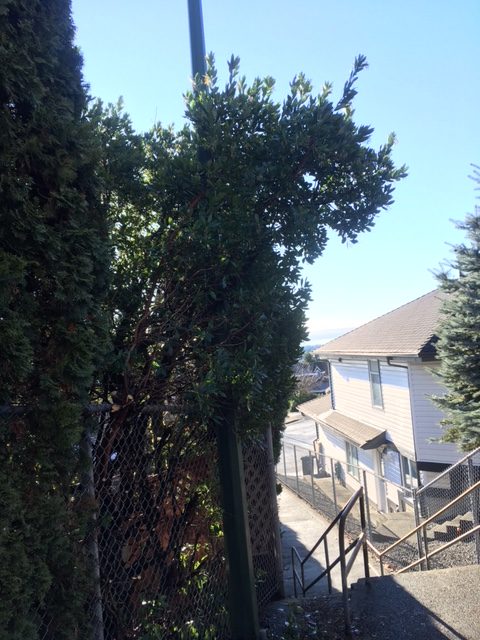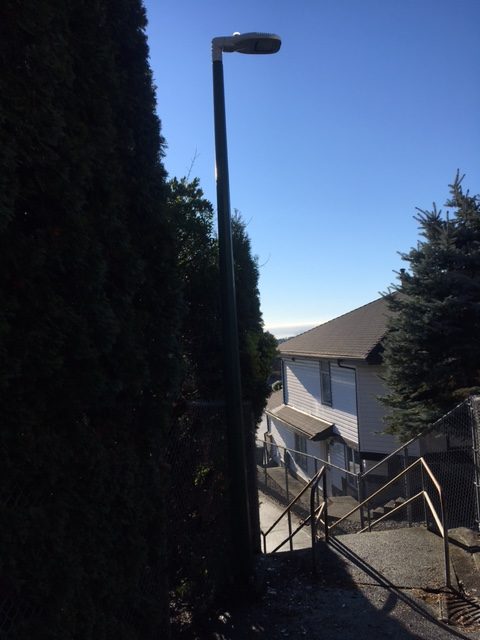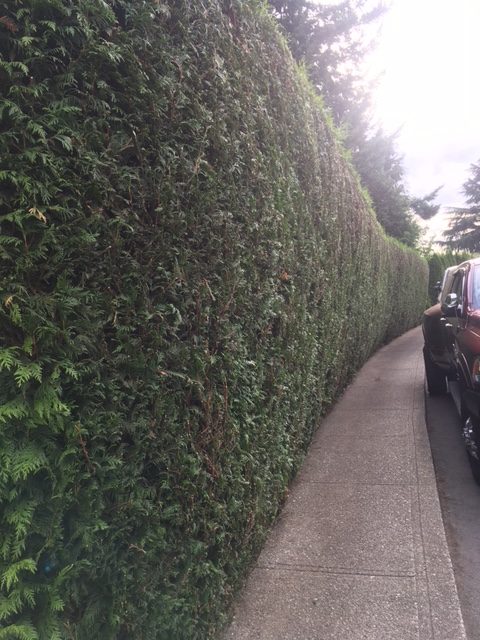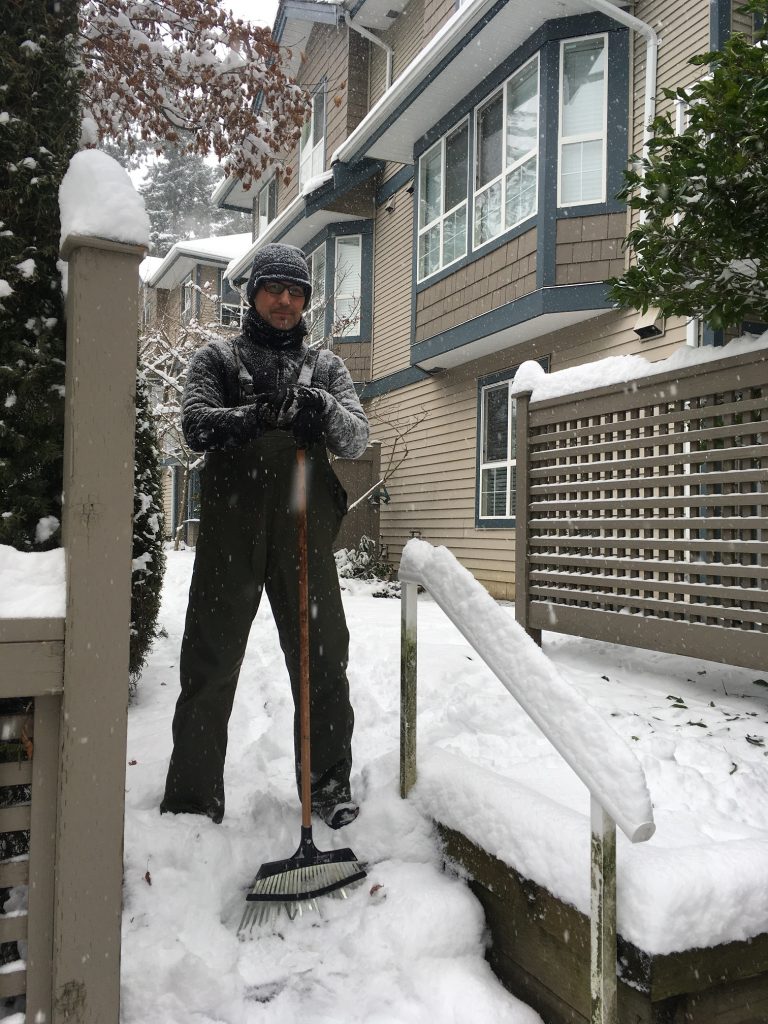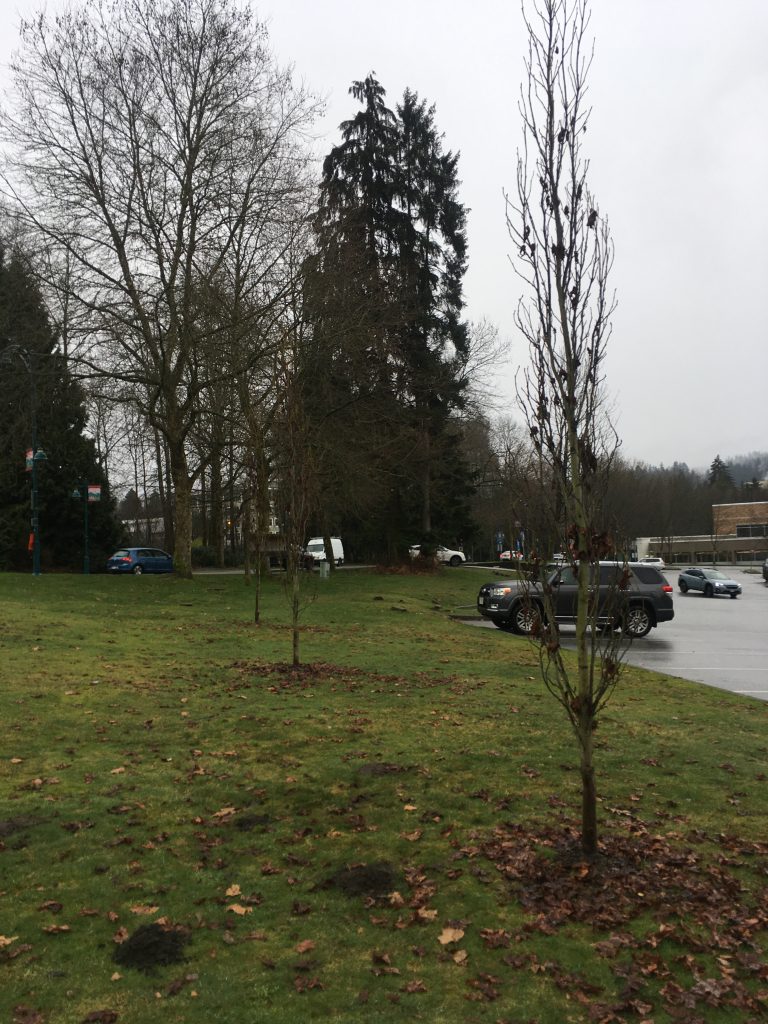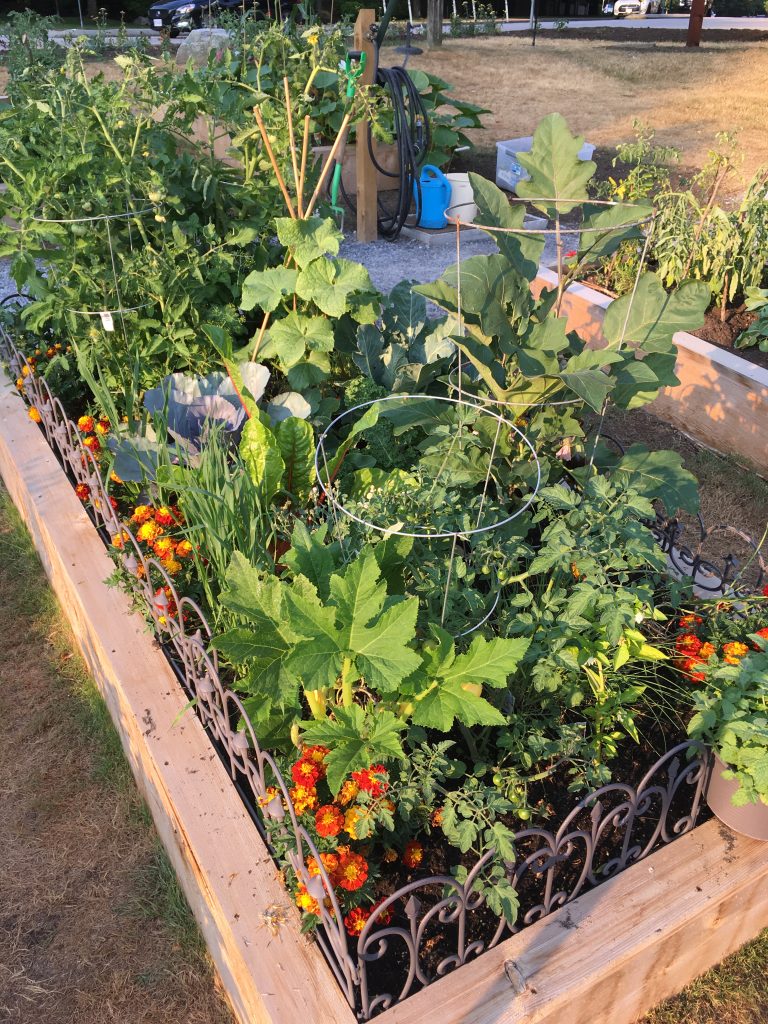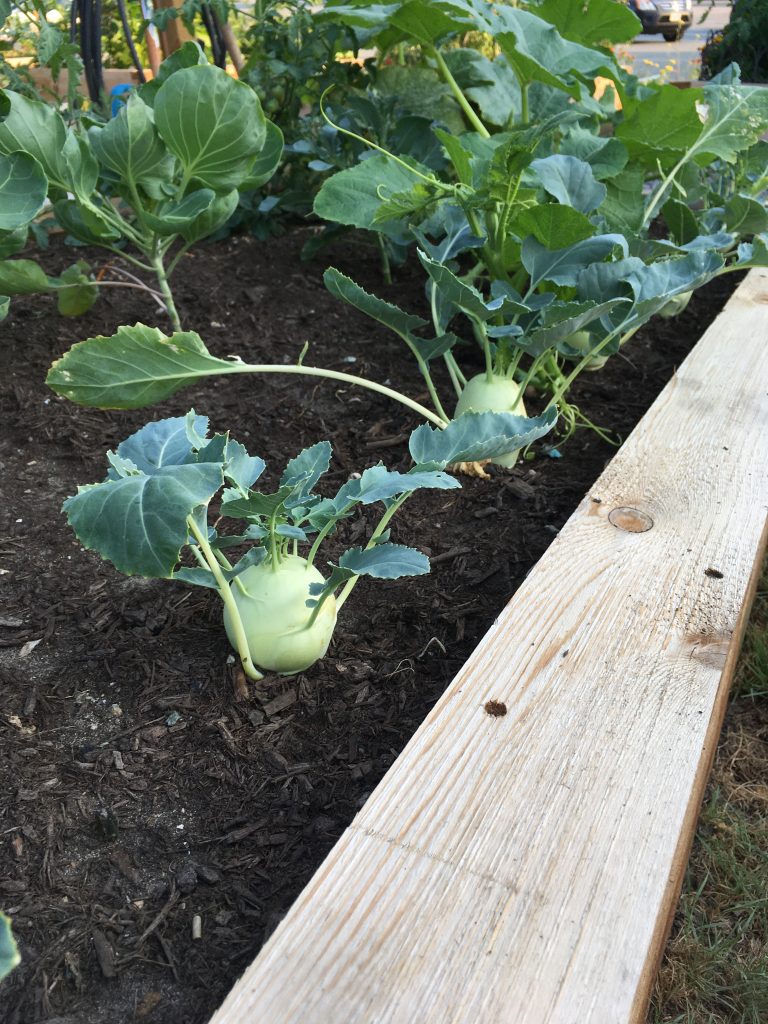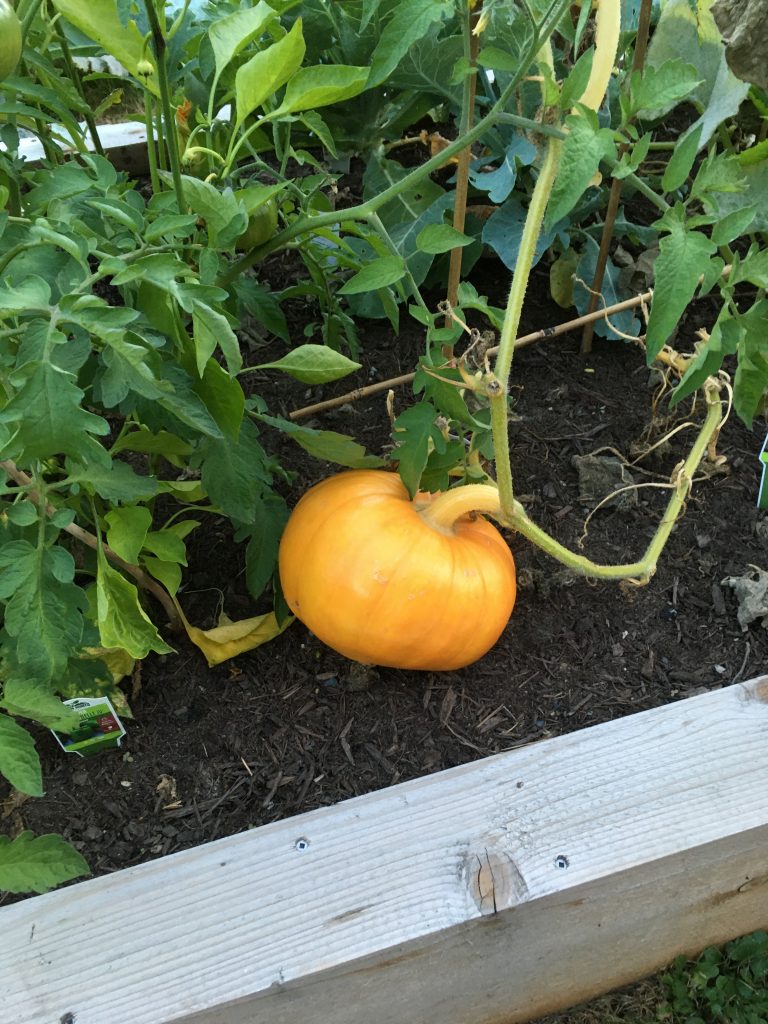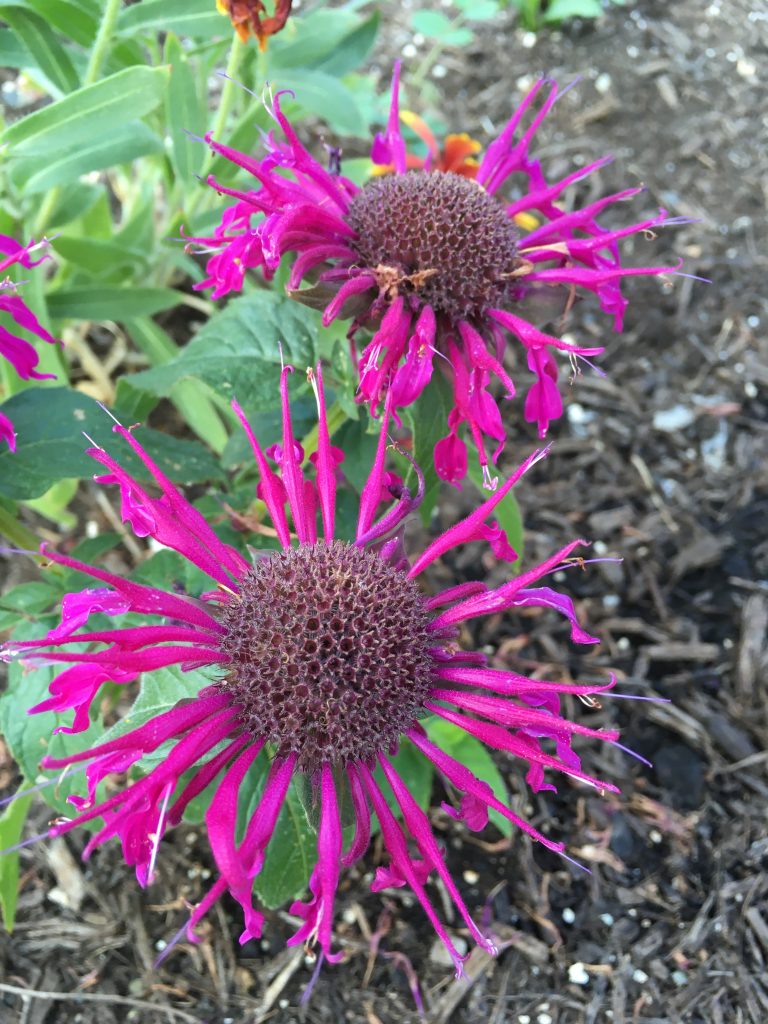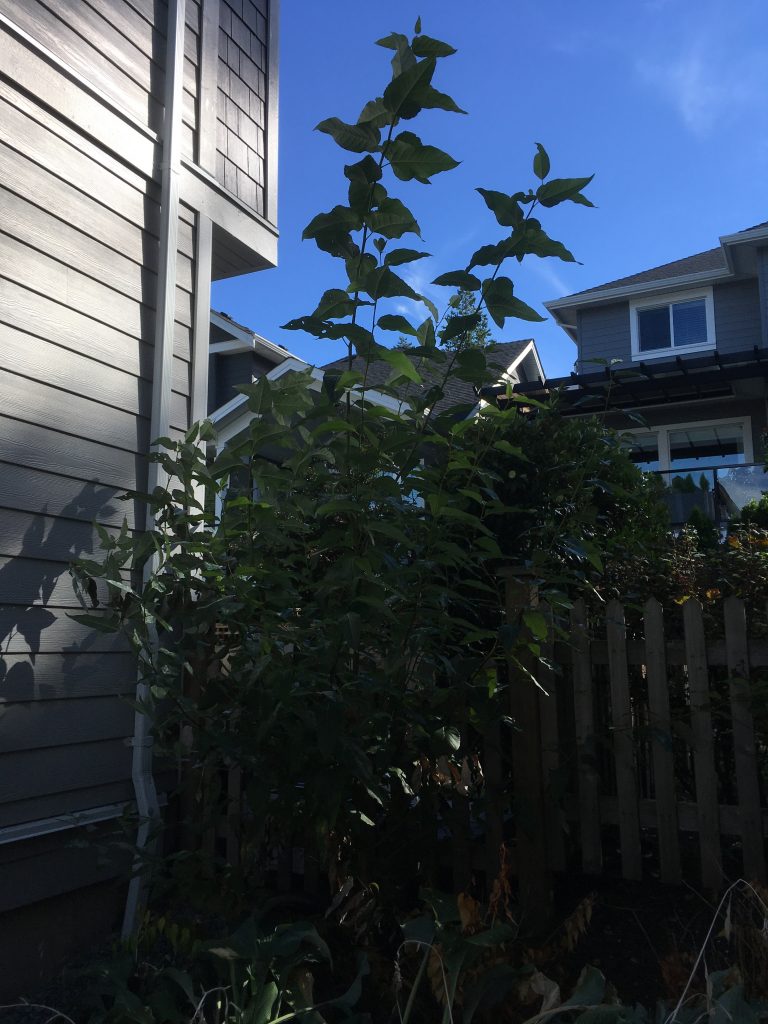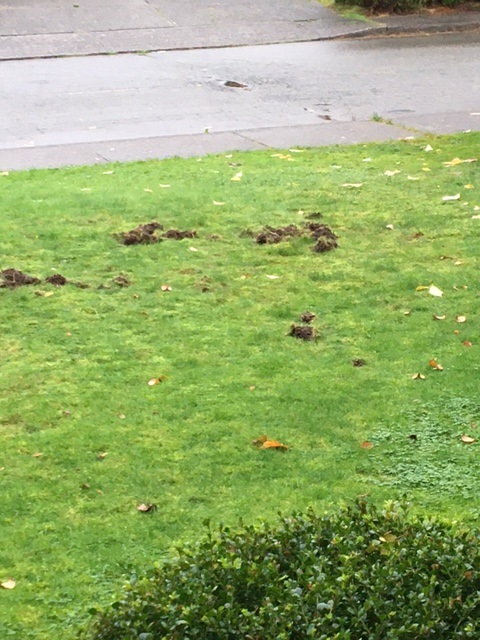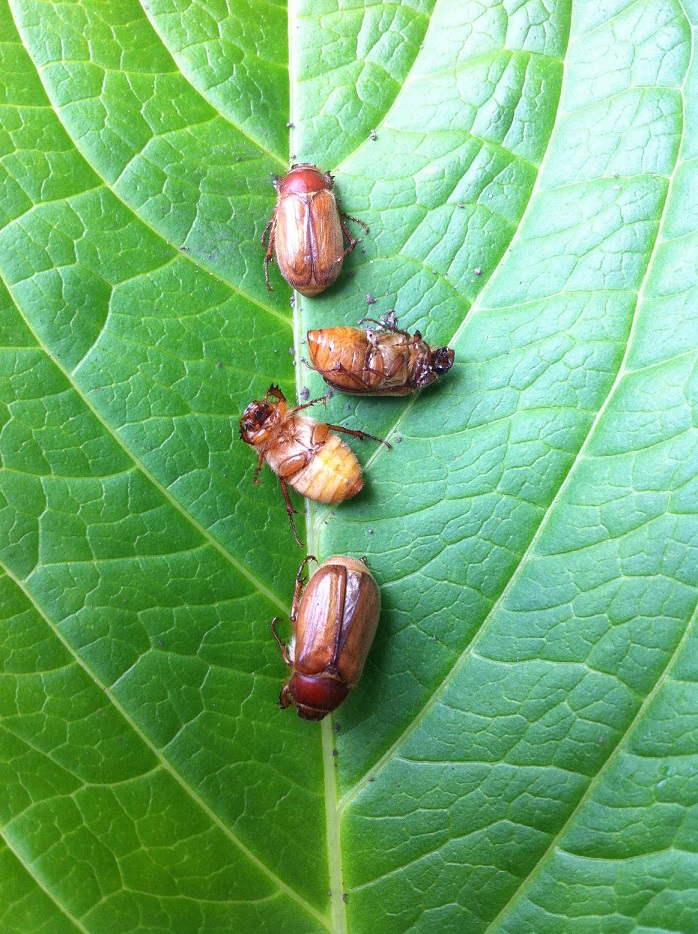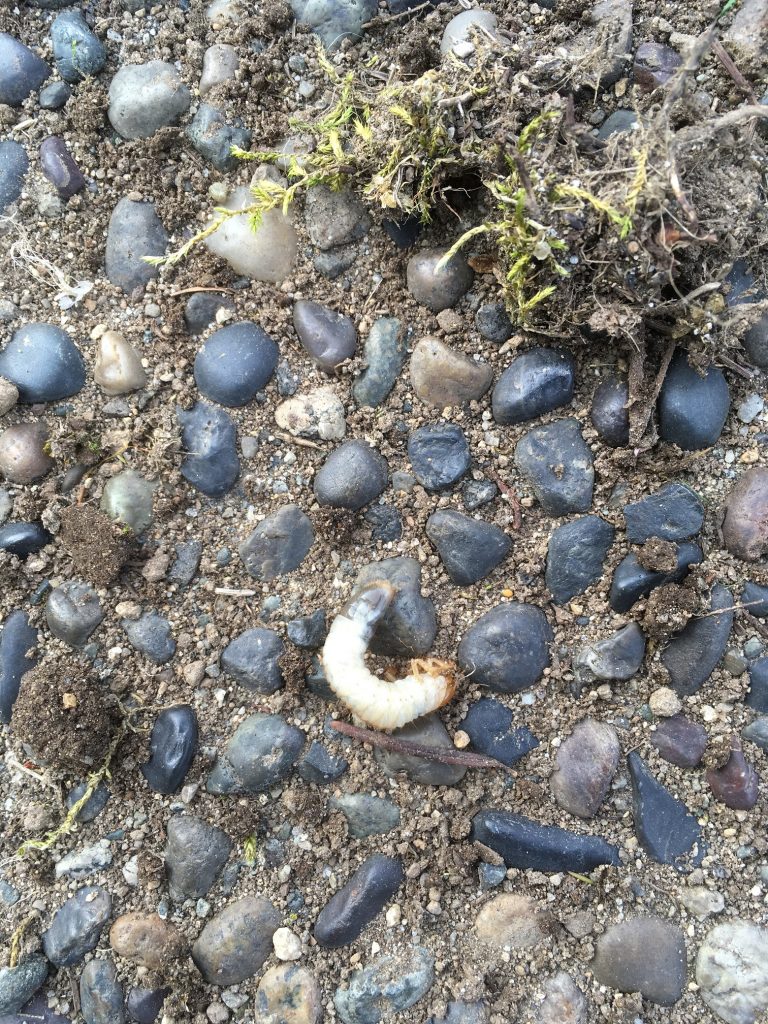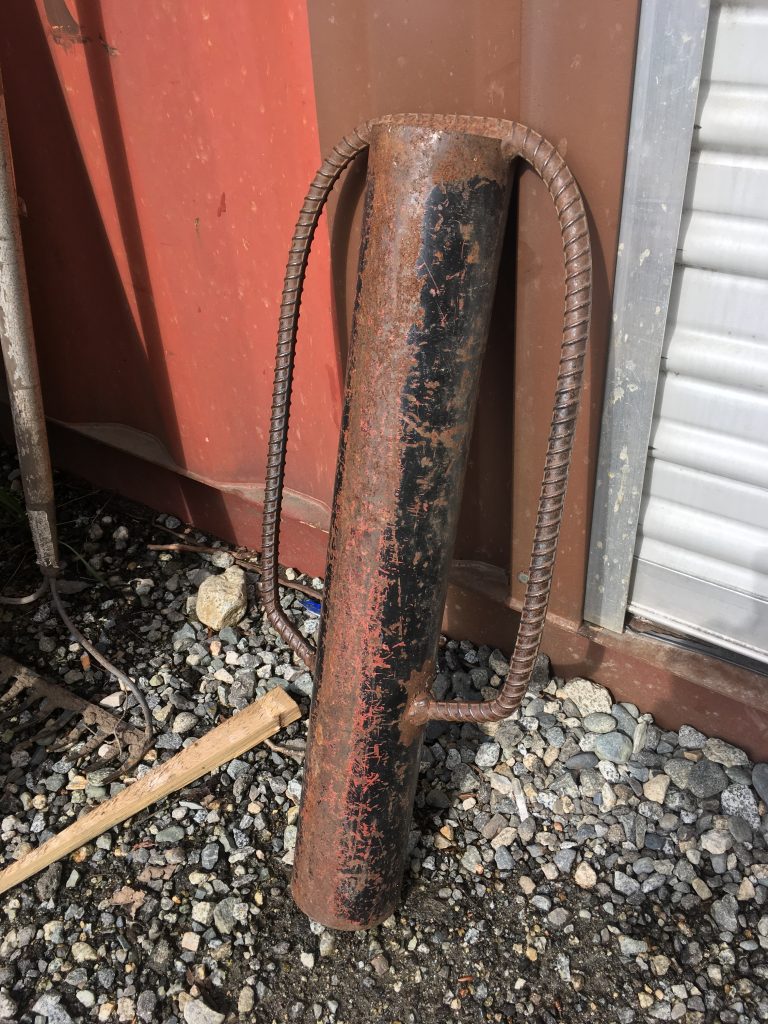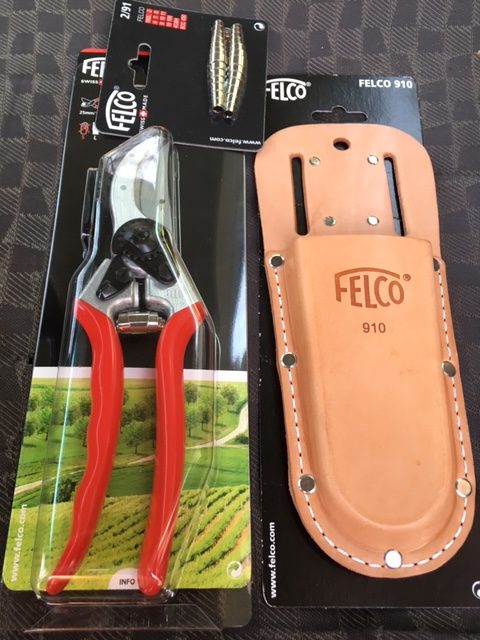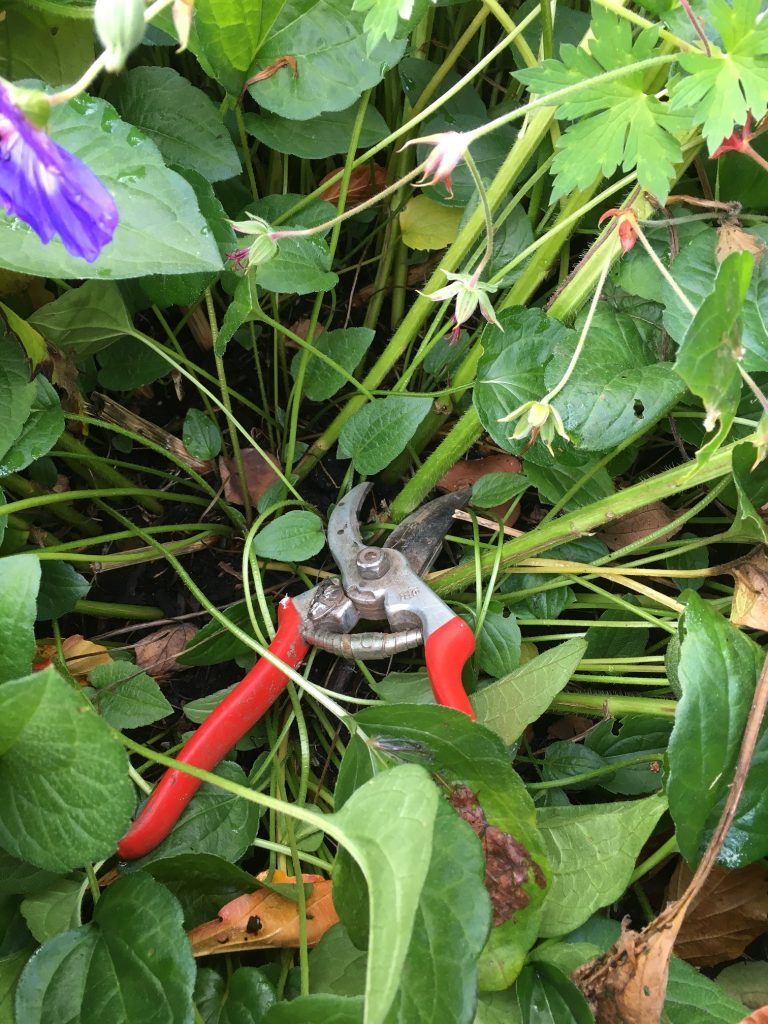Frightening work
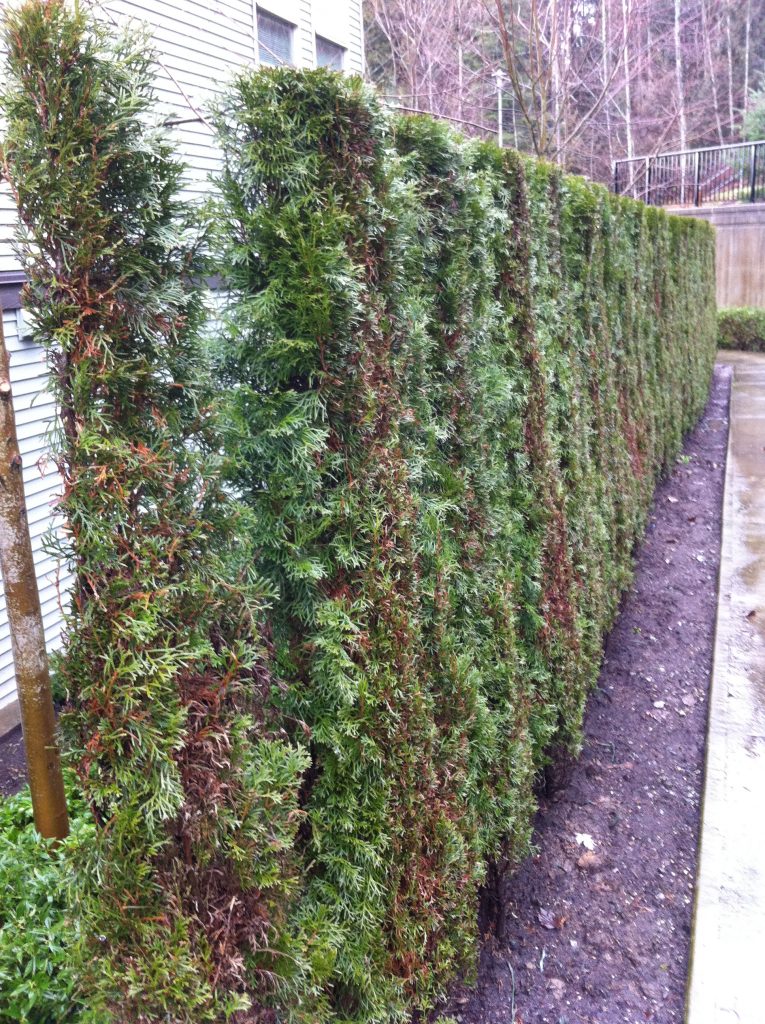
Until this season, the work pictured above was by far the most frightening thing inflicted on cedar hedges I had ever seen. The resulting hedge was pencil thin because two workers somehow decided that it would be a great idea to power shear from both sides, simultaneously. It wasn’t a good idea. I think the hedges are still recovering, years later.
The key
Here’s the key to great cedar pruning: make sure the hedge is still nice and green when you finish. Don’t treat it harshly with your power shears. Below I show you an example of my own work, because I’m very humble.
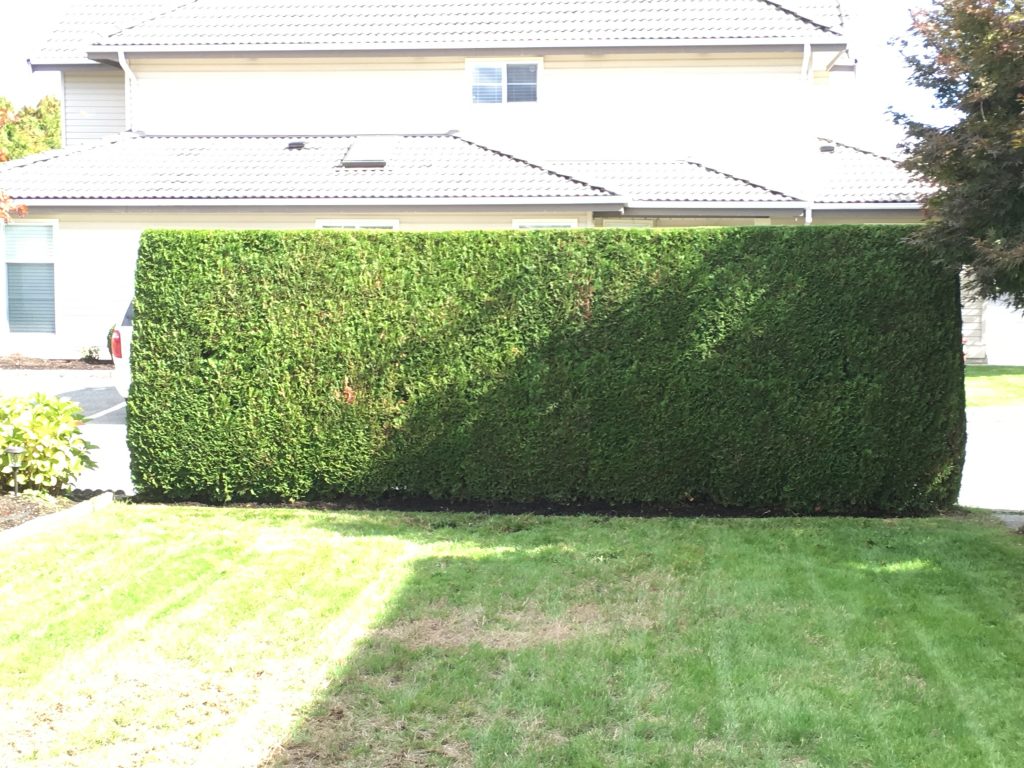
The sides should remain green; and the top should be nice and tight. And level, of course. Remember, the proper motion for your power shears is from bottom to top, every time. That way you shouldn’t make any brown holes in your hedge.
Brown holes
Speaking of brown holes brings me to the worst cedar hedging job I’ve seen to date. Now, I don’t have access to the before pictures but I don’t need them. I know that the hedges in question are older and not very pretty. Some of the stems were protruding from the hedge.
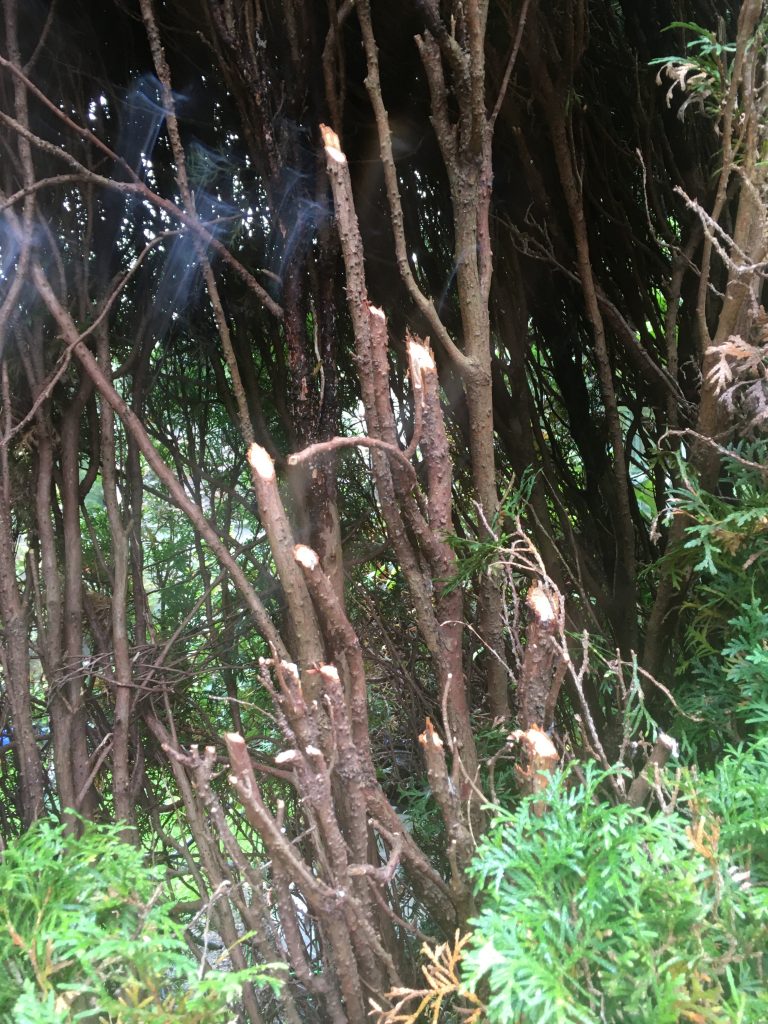
Here it would have been better to push the protruding stems back into the hedge and tie them in with arbor tie or wires. Leaving a huge hole like this wouldn’t even occur to me. It may grow back in over time but we’ll have to look at this for a while.
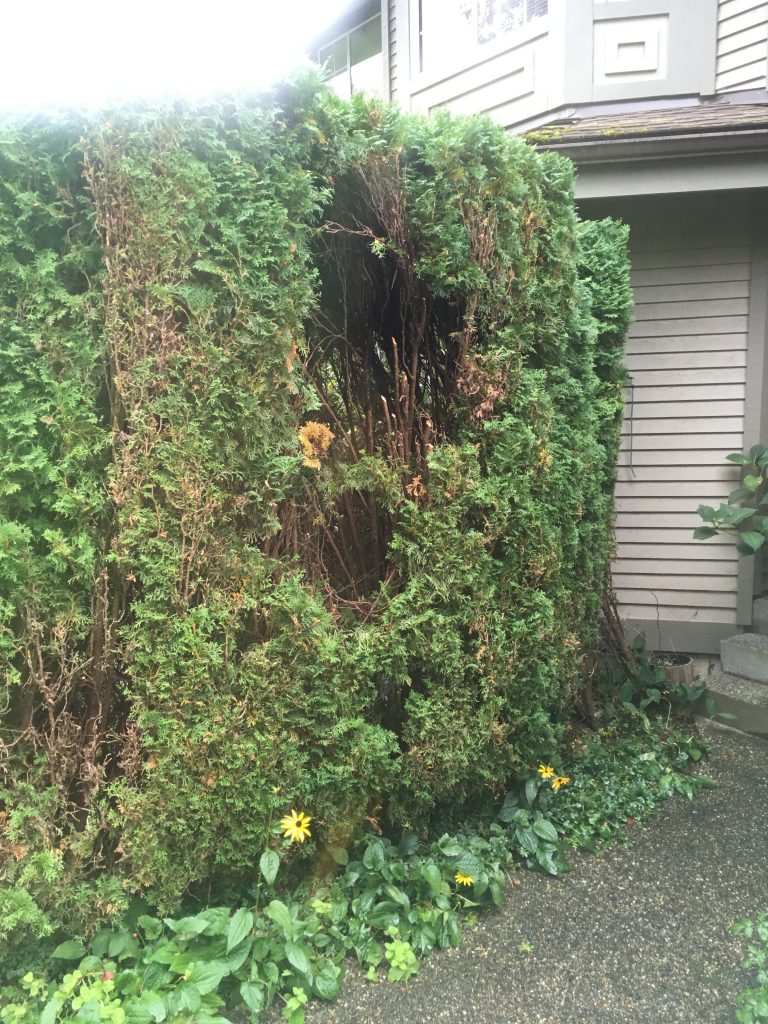
Imagine living in this unit and coming home every day to this brown gap. I feel like laughing but that’s not the correct response. We have to train, guide and retrain workers so they can do great, world-class work. This isn’t it. Far from it.
Now you know
Go gently on your cedar hedges. Shear them once a year and make sure the shears move from bottom to top. Leave the sides green and do the top nice and tight.
The clean up should be great, as well.


